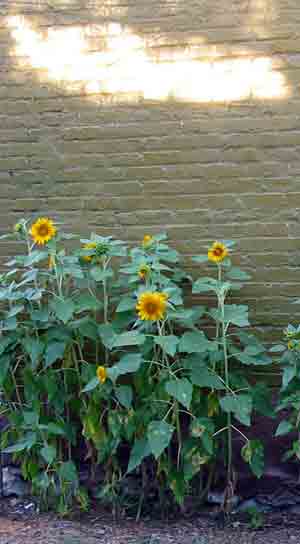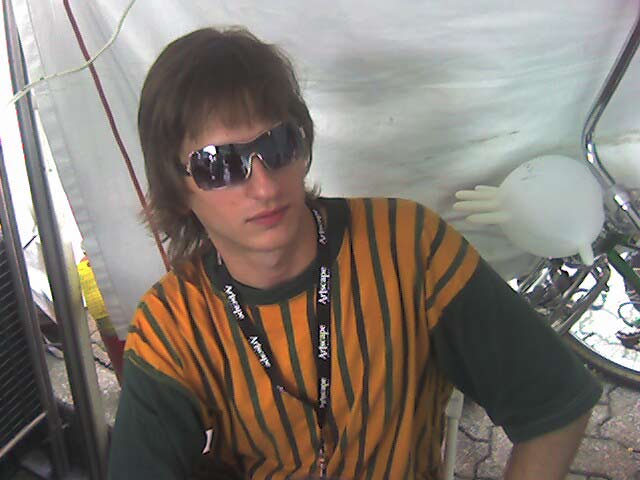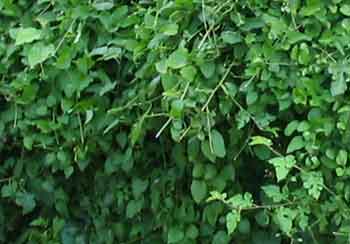

| Imagine you have a lizard, or a snake or chameleon. When it poops, it will go to a certain corner of the house habitually, without fail and dig a fresh latrine there. Unlike a kitty, which will dig a fresh hole anywhere there is comfortable wood chips, or dirt. A lizard has no other sophistication than its smooth-brain, which has a perfect habit mentality. Now imagine you also have a playful primate, such as a chimpanzee. This chimpanzee in playfulness will pursue the lizard and right when it's pooping, mischieviously will displace the lizard to a different poop spot. From then on, the lizard will habitually poop in the new spot. |
|
What place are we looking at? To find out we must first understand "What is Baroque?" and "What is French-Revolution". Baroque places emphasis on amateur royalty and the trite redundance of the dandy. We are not calling this place trite like a dandy, but we are taking a fresh look at Baroque, attempting to take apart the dandy style and put it back together as Naddy Post-Baroque, without the special social circles and without the intimation of MANNERS- salad fork, dessert fork, crab pincer fork, butter knife, steak knife, pudding spoon, etc. The dandy amateur is so set in his fixation on royalty that he has become inflexible to the idea of royalty everywhere as seen in the Oriental Monkey-King or the sewer-dwelling intellectuals of the French Revolution. Royalty before the French Revolution had gotten out of hand, anyone will tell you that. Royalty did not want to mess its hands in the worldy affairs of town and country. And why not? The royal estate had its own forest, for slow-burning oak fuel, and in the forest many different kinds of game. Royalty did not busy itself with the "real action" of provincial schools, agriculture, famines, plagues, bandits. Royalty preffered a small (understatedly so) allowance derived from taxes, and a waltz through the woods for chance encounters with various woodland game creatures there, and the chance to hunt them by dog. In short, French Royalty enjoyed arbitration, but they had taken it home to the confines of their estate, their banquets (Salouet reports of a banquet of 49 courses, each represented by a Damousielle dressed like the animal that made the meat of the dish, who promenaded serenly throughout the hall serving the dishes with grand crystal spoons, inlaid shells and semi-precious etc. etc.), their bedroom habits had become so obscenely random, that anyone uninformed of the travesties inflicted upon the children for this lavishness would remark "their life is art." The ability to walk through to woods and encounter random creatures- a deer, then a doe, a squirrel, maybe even a skunk, all game to be chased by dog. The French Revolution erased this serene art and replaced it with the passionate fire of dirty greasy hippies eating filth, bumpkins stealing cabbage, hags living in crags with a pathetic campfire in a rainbarrel. This is what the French Revolution gave us, although hippies were never naive. Vais comme la |
Electronics. like other magics,
hypnotizes its subjects into a more willing state. Sorcery is the
ancient version of human hypnosis, versed upon alchemy and herbs.
Alchemy becomes metallurgy, its subject is metals, making them change
state under sorcerer's hand, with pliation, crystallization,
rarefraction, gradiation, articulation, crystal fragmentation
resulating in static energy. From this, we see metallurgy is a hypnosis
of metals, but because metals do not sleep, it shouldn't be called
hypnosis, so we get back to the generic term magic. Tree grafting is
hypnosis on trees, but again, trees do not sleep so it is magic.
Weaving saplings into a willing basket, the once separate plants share
sap and plant consciousness above ground. Below ground, the roots
spread and intertwine. A single tree is one resonance, one unique tone.
A forest is like a choir, all singing in unique tones which slowly
mellow over age, from baby sapling whisper to robust oak tuba to old
rotten whisper. A woven basket of trees: what kind of person or animal intelligence could conceive (then describe) plant intellegences in a group hypnotic telepathy? In a forest, tree voices listen and react to each other, perhaps harmonizing, but they don't like to mind meld, because it implies a cutting and swabbing of fleshes, which is just as dirty in the forest as it is with human subjects. A basket of fruit trees, induced by the cut and swab graft method: apples and pears communicate intravenously. This is a symbol of a magic not worked on people but plants.
|





